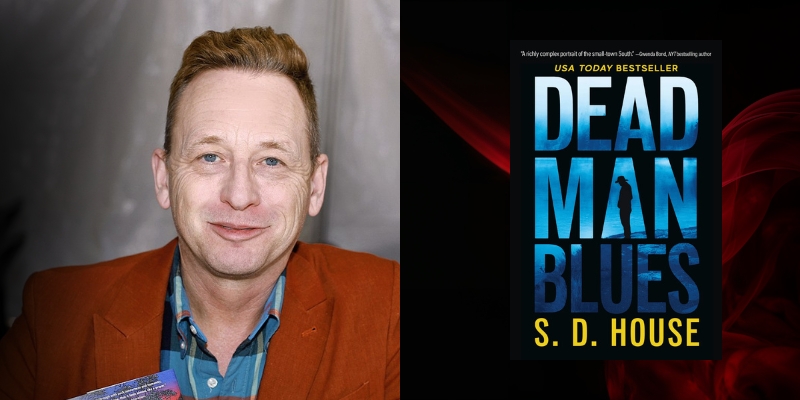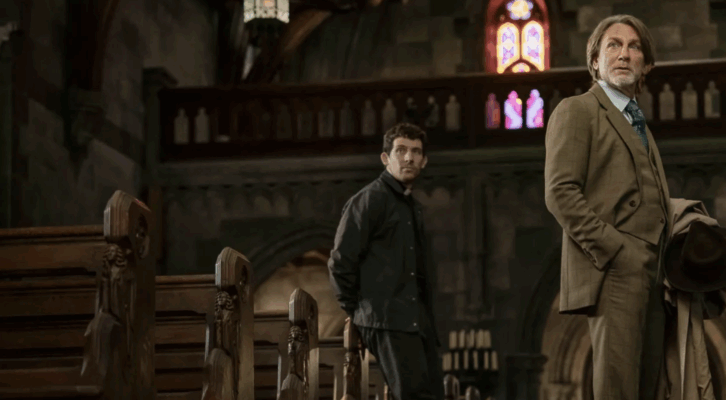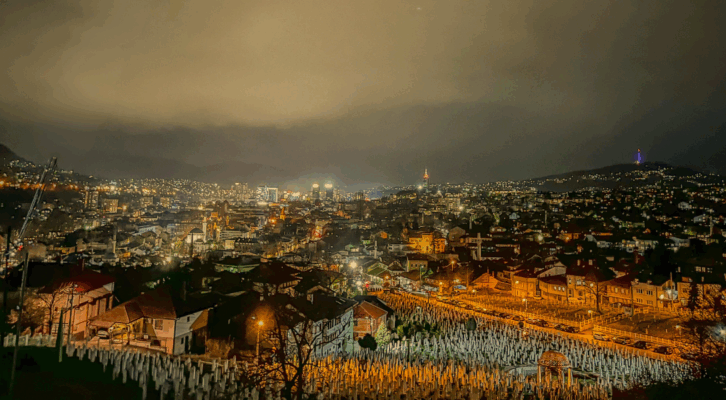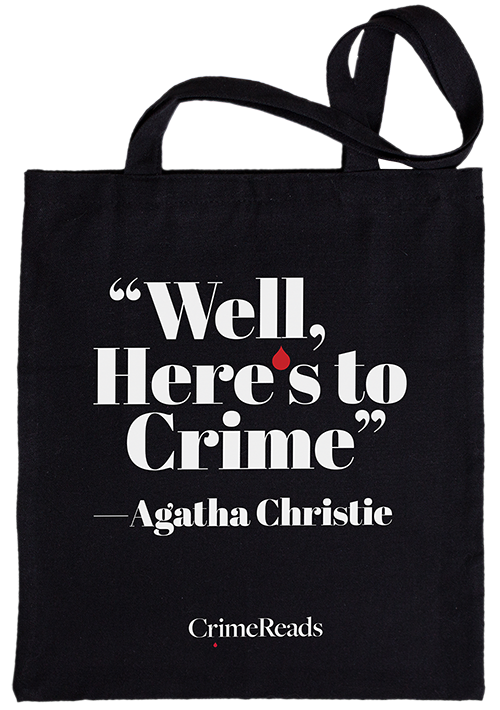When I look back on my favorite murder-mysteries I find that I loved them as much for their sense of place as their elements of suspense. I especially appreciate when a series of books is set in the same place; I relish returning to familiar territory.
When I started writing my first murder-mystery in a series I knew right away that I wanted to set it on a lake in the American South. I grew up near one, and I knew it offered rich territory for me to fully engross my reader in a world vibrant with the heat of the summer sun, the smell of cedar and suntan lotion, and plenty of visuals, both beautiful (the wide water and lush woods) and creepy (the evening mist on the lake, rustling in the trees, a cacophony of night sounds).
I knew it would provide a diverse terrain that would serve me well over an entire series. When someone reads my book, I want the rest of the world to fall away so they can slip into the realm I’ve created for them.
I wasn’t doing anything new, of course. I was simply following the lead of successful mystery series writers before me who have used striking sense of place to make their readers disappear into the pages. Here are seven of the authors of mystery series that I believe use sense of place the best.
*
If you can’t take a real journey to Paris then Cara Black’s Aimée Leduc mysteries are the next best thing. They will provide a much more in-depth look at the city than you’d be likely to do on your own.
Black—and her private investigator Leduc—take us all over the city, from the underbelly of the nineteenth arrondissement, and Téhéran-sur-Seine, to the seemingly quiet streets of Bel Air, or the Left Bank, where we encounter the juxtapositions of refugee enclaves and modern art galleries. Like the best writers, Black refuses to romanticize or vilify Paris, and we love the city more for its complexities while it enriches her thrilling tales of suspense.
James Lee Burke’s Dave Robicheaux novels immerse us in the swamps, backwoods, and coastal communities of Louisiana. Burke offers his readers a journey there not only through descriptions of the landscape but also by exploring its local history, mythology, and folklore. Like his protagonist, Burke lives half of each year in New Iberia, so he knows the area around it well, and brings it to life for the reader in his books, whether it’s the ghostly Spanish Lake, the plantations of Jeanerette, or the silty waters of Bayou Teche.
He often does it in sublime passages like this one from 2010’s The Glass Rainbow: “In the alluvial sweep of the land, I thought I could see the past and the present and the future all at once, as though time were not sequential in nature but took place without a beginning or an end, like a flash of green light rippling outward from the center of creation, not unlike a dream inside the mind of God.”
Agatha Christie’s Miss Jane Marple novels are set in London, the Caribbean, the French Riviera, Honk Kong, and Italy, but her homebase—and the site of some of her best cases—is the fictional village of St. Mary Mead, a place that feels real to the millions of readers who have loved the Marple books. Like the most interesting small towns St. Mary Mead manages to somehow be quaint and quiet while also frequently being the site of scandal and murder. There are not much more than a few shops, the Blue Boar Pub, a grand vicarage, and at least one church, but the village is still vibrantly alive.
Ann Cleeves’s most popular books are from three separate series that are all firmly set in different locales. Perhaps her most famous is the Vera Stanhope series, set in the Northeastern England region of Northumberland, which offers everything from the crashing coast, moody moors, and struggling industrial areas.
Her Shetland series, featuring the beloved detective Jimmy Perez, takes us to a remote archipelago of more than a hundred Scottish islands that are nearer to Norway than Edinburgh, and we learn as much about the islanders’ ways of life as we do about their crimes and passions.
Her Two Rivers series focuses on Matthew Ven, a gay detective recovering from a fundamentalist upbringing who lives in North Devon, a place of dramatic coastlines, sheer cliffs, and, in her telling, religious extremism. In each series Cleeves uses the locale to create the ambiance, but she also tangles the crimes with local customs, festivals, and ways of life.
Attica Locke draws on the complex racial history of East Texas to fuel her Highway 59 mysteries. Beloved characters such as the Black Texas Ranger Darren Mathews often grapple with their deep love for the place and their knowledge of its overt discrimination and violence.
Locke also uses its stark beauty to make the rest of the world fall away for her readers. Witness the spell of place-writing she casts with a passage from her 2017 novel Bluebird, Bluebird: “Darren knew the power of home, knew what it meant to stand on the land where your forefathers had forged your future out of dirt, knew the power of what could be loved up by hand, how a harvest could change a fate. He knew what it felt like to stand on the back porch of his family homestead in Camilla and feel the breath of his ancestors in the trees.”
Although Louise Penny’s beloved Inspector Gamache sometimes travels to Paris or Quebec City, he has become synonymous with Penny’s fictional Three Pines, a village in the Eastern Townships of Quebec where we can find four of the most important things every small town needs: a bookshop, a boulangerie, a bistro, and interesting characters.
“I wanted the location to be a character,” Penny told Time in 2015. “And I thought the best way to do that was to make the books really sensuous, so that when you read the books it’s not just going into your brain, it’s going into your nose and your ears and you’re smelling the café au lait, and you’re tasting the ham and brie sandwich, you’re feeling the warmth of the fire after the cold outside.”
In James Runcie’s Grantchester mysteries readers are taken to the idyllic English village of Grantchester only to realize that things are far more sinister there than they appear. The small cottages, stone churches, and green pastures that run down to the placid River Cam make the crimes that happen there even more shocking and memorable.
The 1950s setting also lends itself well to informing the stories about the adventures of clergyman/detective Canon Sidney Chambers, plunging us not only into the clashing cultures of market town life in Grantchester and nearby academic Cambridge, but also the local politics of the church. The result are mysteries as delicious as the Victoria Sponge baked by the erstwhile vicarage housekeeper, Mrs. Maguire.
***


















